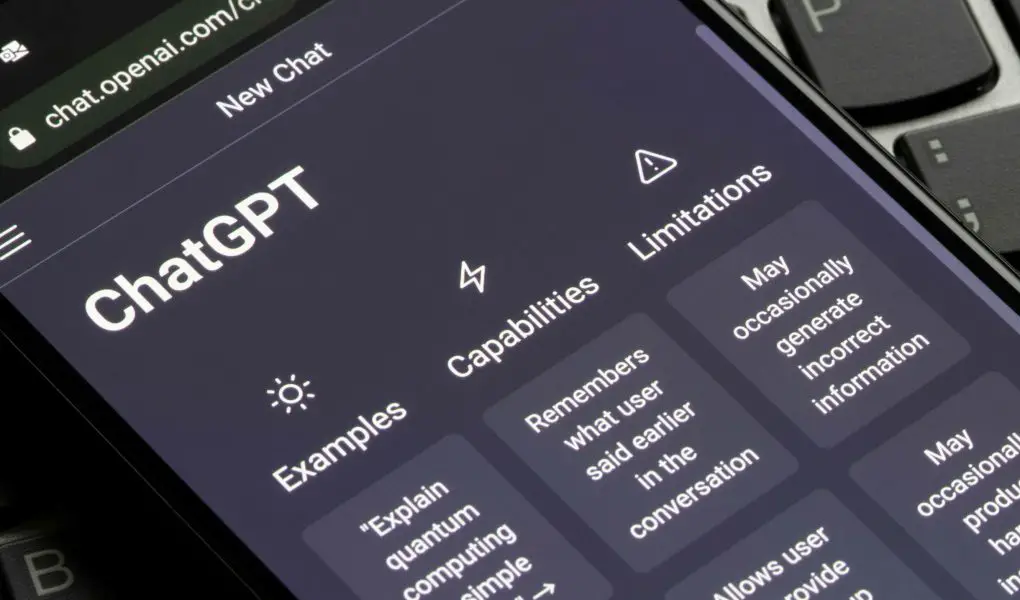
As technology continues to evolve, businesses are looking for new ways to improve their operations and provide better service to their customers.
One emerging technology that has gained significant attention in recent years is artificial intelligence (AI). One particular application of AI that is rapidly gaining popularity is the use of chatbots.
In this blog post, we’ll explore how to use ChatGPT to create a tax chatbot.
What is a Chatbot?
A chatbot is a computer program that uses artificial intelligence to communicate with users through a chat interface.
Chatbots can be designed to provide a wide range of services, including customer service, sales support, and even tax preparation.
Chatbots are typically integrated into messaging platforms such as Facebook Messenger, WhatsApp, and other messaging apps.
What is ChatGPT?
ChatGPT is a language model developed by OpenAI that uses deep learning algorithms to generate human-like responses to natural language queries. It’s designed to be highly versatile and can be used for a wide range of applications, including customer service, chatbots, and language translation.
The model is trained on a massive amount of data from the internet, including text from websites, books, and other sources.
This allows it to understand the nuances of language and generate responses that are both accurate and natural-sounding.
How to Use ChatGPT to Create a Tax Chatbot
Creating a tax chatbot with ChatGPT is a straightforward process that involves the following steps:
-
Define the Scope of Your Tax Chatbot
The first step in creating a tax chatbot is to define its scope. Determine what types of questions your chatbot will be able to answer and what types of services it will provide.
For example, your chatbot may be able to answer questions about tax deductions, tax rates, and other tax-related issues.
-
Train ChatGPT on Tax-Related Data
To create a tax chatbot, you will need to train ChatGPT on tax-related data. This data can include tax forms, tax regulations, and other tax-related information.
You can use publicly available data sources, or you can create your own data set.
-
Create Your Chatbot
Once you have trained ChatGPT on tax-related data, you can create your chatbot. There are several tools available that allow you to create chatbots without any coding skills. Some popular chatbot platforms include Chatfuel, ManyChat, and Tars.
-
Integrate Your Chatbot with Your Messaging Platform
After creating your chatbot, you will need to integrate it with your messaging platform. This involves connecting your chatbot to your messaging platform using an API. The exact process will depend on your messaging platform and the tool you used to create your chatbot.
-
Test and Refine Your Chatbot
Finally, you will need to test and refine your chatbot. Test your chatbot by asking it various tax-related questions to ensure that it is providing accurate and helpful responses.
Refine your chatbot by reviewing its performance and making any necessary adjustments.
Benefits of Using ChatGPT to Create a Tax Chatbot
Creating a tax chatbot with ChatGPT offers several benefits, including:
-
Improved Efficiency
A tax chatbot can help tax professionals work more efficiently by answering common tax-related questions and reducing the amount of time spent on administrative tasks.
-
Increased Accuracy
Eliminating the risk of human error is one of the biggest benefits of using ChatGPT to create a tax chatbot. By automating certain tasks, you can help ensure that your chatbot provides accurate and helpful responses to users.
-
Enhanced Customer Service
By providing users with a fast and efficient way to get tax-related information, you can enhance your customer service and improve customer satisfaction.
-
Cost Savings
Creating a tax chatbot can also help tax professionals save money in the long run. By automating certain tasks, you can reduce the amount of time and resources spent on tax preparation, which can lead to cost savings over time.
-
Scalability
Chatbots are highly scalable, which means that they can handle large volumes of requests without any additional resources. This makes them an ideal solution for businesses of all sizes.
-
Competitive Advantage
Creating a tax chatbot can also give your business a competitive advantage by providing a unique service that sets you apart from your competitors.
Best Practices for Creating a Tax Chatbot
Creating a tax chatbot can be a highly effective way to improve your tax preparation services. However, there are some best practices that you should follow to ensure that your chatbot is effective and provides a positive user experience. These best practices include:
-
Define Your Chatbot’s Personality
Defining your chatbot’s personality can help create a more engaging and personalized experience for users. Consider factors such as tone, voice, and style when defining your chatbot’s personality.
-
Focus on the User Experience
The user experience should be at the forefront of your chatbot design. Ensure that your chatbot provides helpful and accurate information and that it is easy to use and navigate.
-
Use Natural Language
Chatbots should be able to understand and respond to natural language queries. Use ChatGPT to ensure that your chatbot can understand and respond to a wide range of user inputs.
-
Provide Personalized Responses
Personalized responses can help create a more engaging and customized experience for users. Consider factors such as user location, tax history, and other factors when creating personalized responses.
-
Monitor and Refine Your Chatbot
Monitor your chatbot’s performance regularly to ensure that it is providing accurate and helpful responses. Refine your chatbot as necessary to improve its performance and user experience.
Conclusion
Creating a tax chatbot with ChatGPT is a powerful way to improve your tax preparation services and provide a better experience for your clients.
By automating certain tasks and providing accurate and helpful information, you can improve efficiency, accuracy, and customer satisfaction while reducing costs.
Follow the best practices outlined in this blog post to create a successful tax chatbot that provides real value to your clients.




